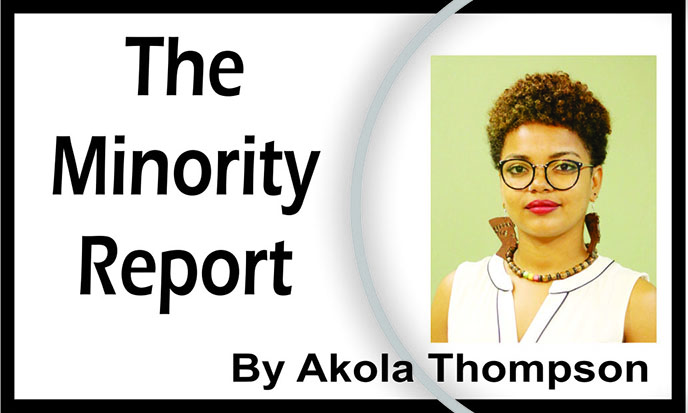While the brutal murders of Joel and Isaiah Henry only happened three months ago, it has already begun to fade from the minds of many. That is unfortunately how many things go here. Outrage burns bright and hot for a few mornings then the media cycle moves on to another violent act, because if it’s one thing Guyana is never short of, it is constant violent acts. It is understandable that many might want to tap out from the frequent abuse that is meted out against their fellow people. It is really hard to be daily tuned in to the atrocities around us, particularly when trapped in a mad rush for survival.
Recently though, I’ve been thinking of the proliferation of photos and videos that depict violence against Black bodies. In the age of mass media and fighting for equal rights and equality, it is understood that certain things are more impactful once there is a visual element to it. I cannot help but feel however that the dissemination of Black pain and violence has become very voyeuristic.
I am always wary whenever I see certain incidents and details being slavishly shared/recounted around Black trauma, because I wonder about the reason behind it. Some I’m sure might be doing it out of moral concern but the rationale behind others are less apparent. One of the things that stood out to me after Joel and Isaiah Henry’s murders was how the family was barely allowed space to grieve. Media and strangers constantly inundated them. They were dealing with the fresh wounds of recognizing the hateful brutality behind the murder of their children, while being expected to constantly recount certain incidents and making space for people. I could not help but wonder about the damage inherent within that.
The trauma these accounts can cause on the collective Black psyche has become too great a risk, as I don’t believe they are helping to push the envelope where it needs to go.
While certain highly publicized events continue to reveal the sharp fractures in our society, I’ve come to realize that it wasn’t that people were oblivious to the facts; many were just invested in selling the myth of ethnic unity. In selling this myth, they are able to continue selling other tales of victim vs. victor, where Black people are always the antagonist, even when they are the ones that are being persecuted.
This unfortunately contributes towards the lack of progress on many criminal cases. The families and communities of the Henry boys and Haresh Singh are still in pain, the lack of accountability making itself more apparent with each passing day. This however if not surprising. The police have never been reliable or worked in favour of those who are poor, particularly if they are Black.
With the trauma inflicted on the Henry family, one would’ve hoped they would not be further subjected to more traumas. But this is Guyana and when dealing with our racially classist policing systems, it is but a matter of time. It is an embarrassingly open secret that our policing systems are highly corruptible and dangerous. I’ve written already on the apparent anti-Blackness of our policing systems and how regardless of their race, they stay true to the foundation of serving classist interests against minority populations.
Police are well aware of how the law protects them and how little recourse civilians have other than accepting the abuse meted out against them or face ramped up charges, severe injuries and/or death.
They regularly abuse their power because they know they are protected. The recent violent arrest and abuse of Colwyn Henry and Gail Johnson is a blatant example of this. Those who do not follow the set script of police officers, feel the full weight of their wrath. Police do not know how to deescalate situations, they have one mode of operation, escalation. Yet, they continue to expect praise and respect for doing the bare minimum, which is in most cases incredibly harmful.






